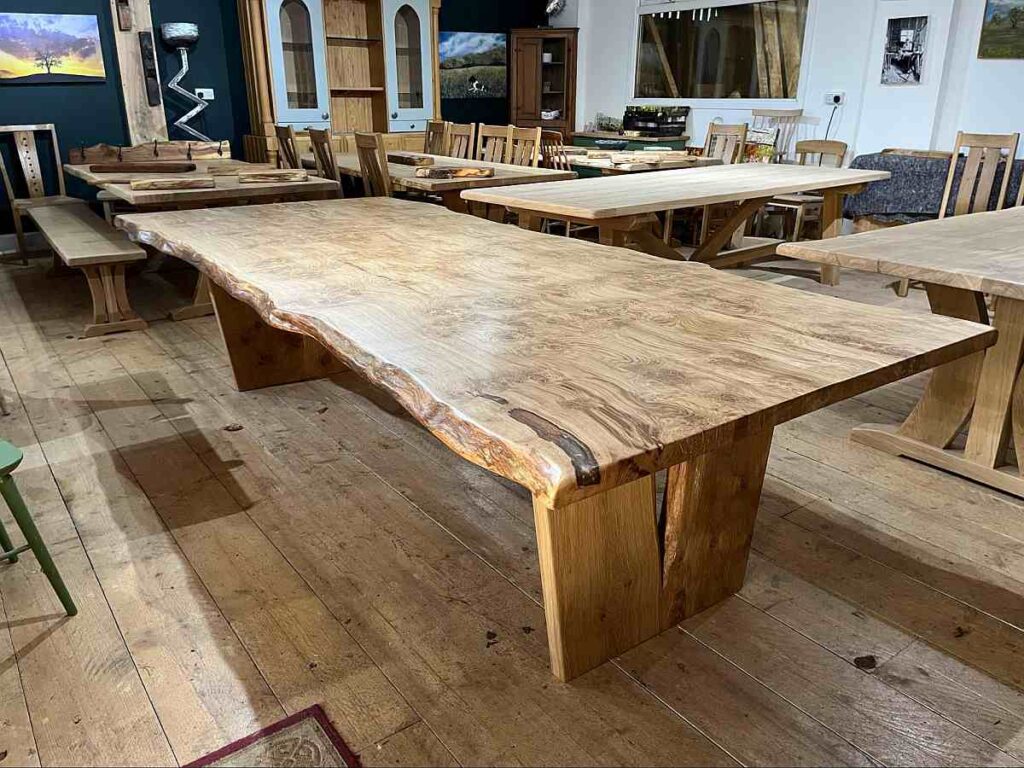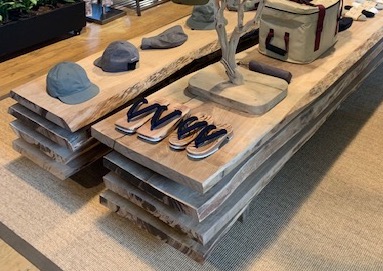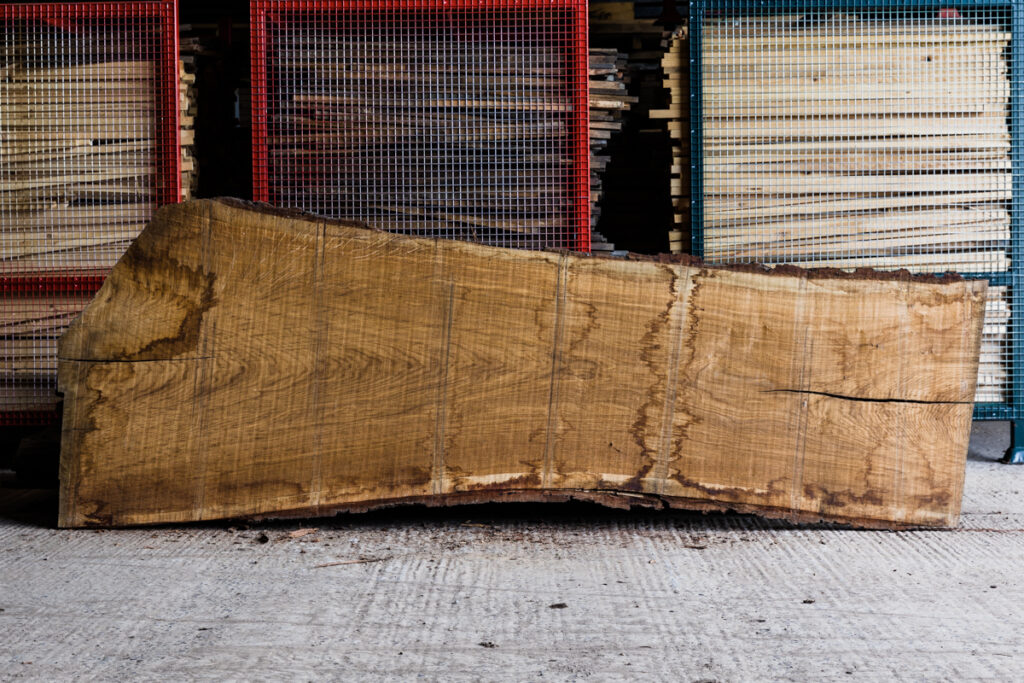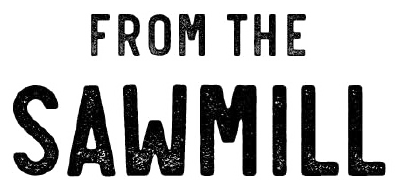English Pippy Oak Sawn Timber
English forests grow the finest pippy oak in the world. The open nature of our woodlands, hedgerows and parks allows easy light penetration which encourages ‘epicormic growth’ of buds on the main trunks of the trees. These growths penetrate deep into the heart wood of the tree, and when cut they appear as ‘cat’s paws’ or patches of burr on the board. These pips make stunning timber for special projects.
Species
Fagaceae Quercus
Source
England
Surface finish
Sawn or planed
Sizes
Various lengths Width range 200mm – 350mm +
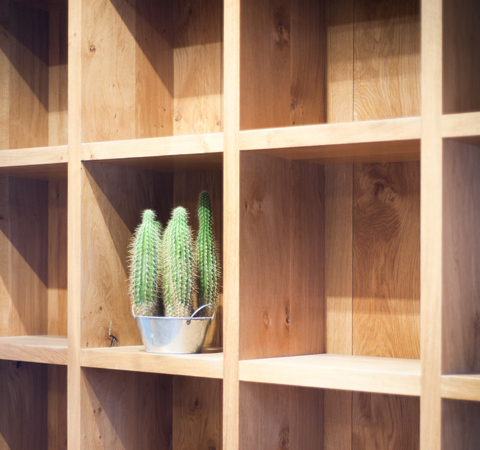
English Pippy Oak Sawn Timber
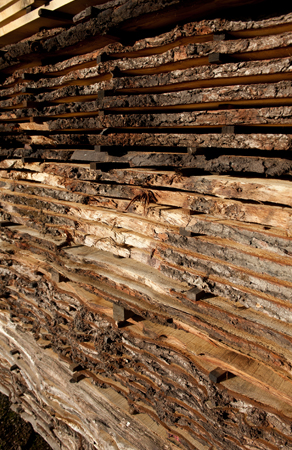
English Pippy Oak Sawn Timber
Call us to discuss your project
Technical Specification
| Common name | English pippy oak | ||||||
| Family | Fagaceae | ||||||
| Genus | Quercus | ||||||
| Unit of sale | M3 (Cubic meters) (1M3 = 35.315 Ft3) | ||||||
| Kiln dried weight | Approx 720 KG / M3 | ||||||
| Specification | Supplied in waney edge sawn boards Width range 200mm – 350mm + |
||||||
| Dimensions |
|
||||||
| Moisture content |
|
||||||
| Durability | BS EN350-2. British oak is classed as durable and does not require treatment for external use, as long as the sap is excluded. | ||||||
| Workability | + Generally works well. Liming & fuming possible – Contains tannin. Curly grain can cause furring |
Grading
Pippy oak is available in the following grades but please note that not all thicknesses are available in all the grades:
Light pippy
At least two thirds of each board will include a light covering of small knots and knot clusters. The majority of the boards will be free of any large knots and defects. Accepted: Small knots and clusters, curly grain, sap, isolated worm holes, larger defects and heart split with a reduction in volume.Not accepted: Rot, black stain, ring shake, bark pockets, excessive worm attack.
Pippy
This is our standard grade of English pippy oak. There will be a distribution of pips, cat’s paws and small burrs across at least two thirds of each board. Occasional larger sound knots up to 80mm are accepted. Other isolated defects including larger knots and heart split will be measured out.Accepted: Small knots, cat’s paws and small burrs, curly grain, sap, isolated worm holes, larger defects and heart split with a reduction in volume.Not accepted: Rot, black stain, ring shake, bark pockets, excessive worm attack.
Heavy pippy / burr
This grade is selected to include the greatest density of cat’s paws and patches of burr. In the most extreme cases the burr patches may span the entire width of the board. At least two thirds of each board will be covered by either a high density of cat’s paws or individual large patches of burr. Accepted: Cat’s paws and burrs, curly grain, sap, isolated worm holes, larger defects and heart split with a reduction in volume.Not accepted: Rot, black stain, ring shake, bark pockets, excessive worm attack.
Chemical properties
Oak contains tannic acid which will corrode ferrous metals. When the two come into contact, a blue sludge is formed which will stain the oak.
Insect attack
The ambrosia beetle can attack wet timber (at 30% moisture or more). However, the beetle will die as soon as the wood dries to less than 30%. Re-infestation will not occur. Other dry wood will not be affected.
Fixings
All fixings used in conjunction with green oak should be stainless steel.
Fire
Surface spread of flame class 3 (BS 476-7)
Disclaimer
While the utmost care has been taken to provide accurate information, Vastern Timber shall not be held responsible for any consequences arising from any errors or omissions on this website nor for any damages resulting from the use of the information.


